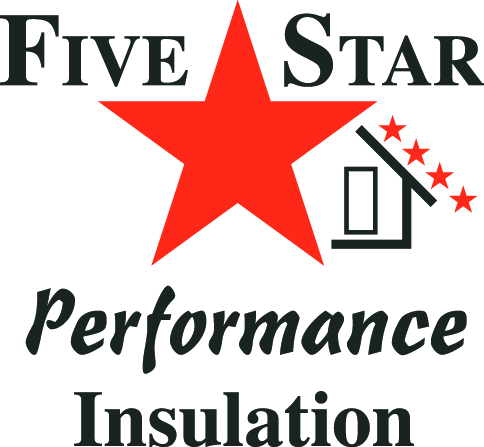If you’ve got an unfinished attic, you’re losing out when it comes to home energy bills. Sure, you could pile on the sweaters and bump the thermostat, but you’re probably not as comfortable as you’d like to be—and those heating and cooling bills aren’t going to pay themselves.
This is why it’s a good idea to insulate your attic. You can reduce your energy costs by up to half through adding insulation.
Before you get started, here are our leading tips on attic insulation.
Insulating the attic floor
There are two primary types of insulation used on attic floors: roll and batt insulation and blown-in insulation. Roll and batt insulation are good choices for between stud and joint spaces or in wide, open areas like crawl spaces. Blown-in insulation is a better choice for tight, narrow spaces or those that need a bit of insulation filled in. This is also a good form of insulation for filling wood joists because it allows air through the space.
Blown-in insulation is less expensive than roll and batt insulation. It comes in both fiberglass and cellulose forms. Blown-in insulation requires a special machine for installation, so this is best left to the pros.
Insulating the roof
For under the roof, it’s recommended that you use a multi-layer reflective insulation. This is a simple way to benefit your home’s heating and cooling efficiency. When the sun beats down during the summer, the radiant energy warms the roof’s shingles and then transfers that heat into the attic via conduction. This is why your attic is so hot and stuffy when warmer weather rolls around.
This heat then travels down into the rest of the home, meaning that your HVAC system will have to battle against it. The opposite happens during the winter, with the home’s heat escaping through the attic walls.
Multi-layer reflective insulation solves this problem by reflecting radiant heat rather than letting it be absorbed into the attic. This leads to more effective air conditioning and a cool, comfortable home in the summer. When the weather turns colder, the heat generated inside is reflected back into the home, meaning that none of the valuable air the heater provides is wasted.
Knowing how much insulation you need
To determine how much attic insulation you need, you’ll have to measure the length times the width of the space to determine square footage. Blown-in insulation will have information on the packaging that should help you determine the correct R-value for the project. This value is a measure of thermal resistance—or how much the insulation is able to resist heat flow. The higher the R-value, the better the insulation.
Are you looking for premier insulation contractors? At 5 Star Performance Insulation, Inc., we’ve gained a reputation as the leader when it comes to high-quality insulation products and services. Our dedicated team offers reasonable prices to all our residential and commercial customers. Contact us today to find out more about your home’s insulation needs and ask for a free estimate.
